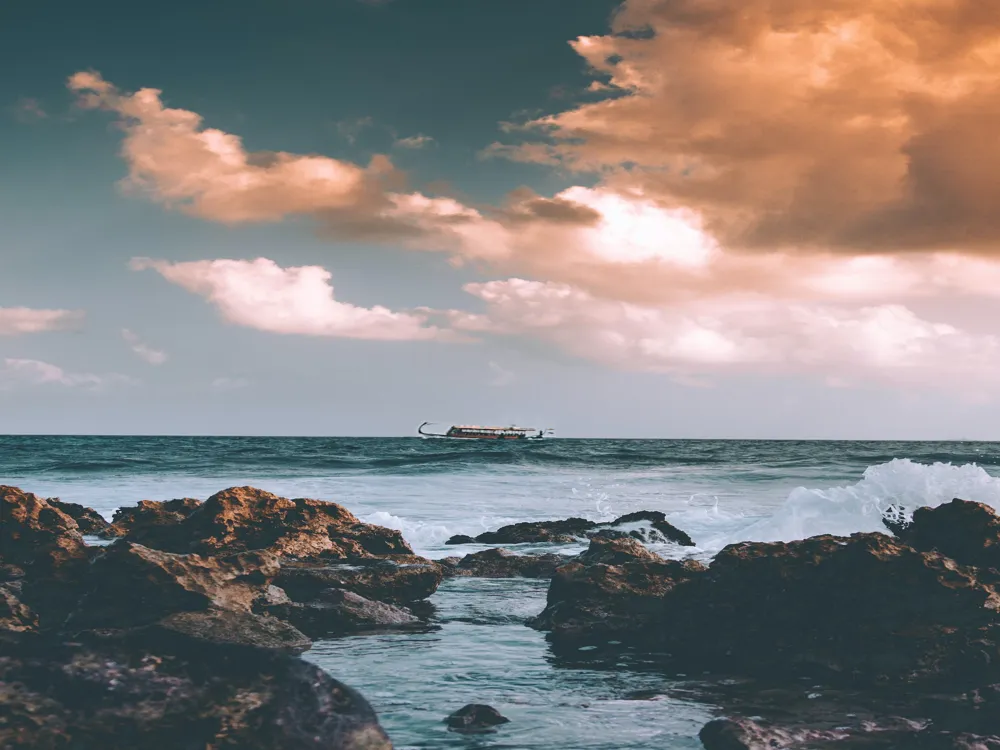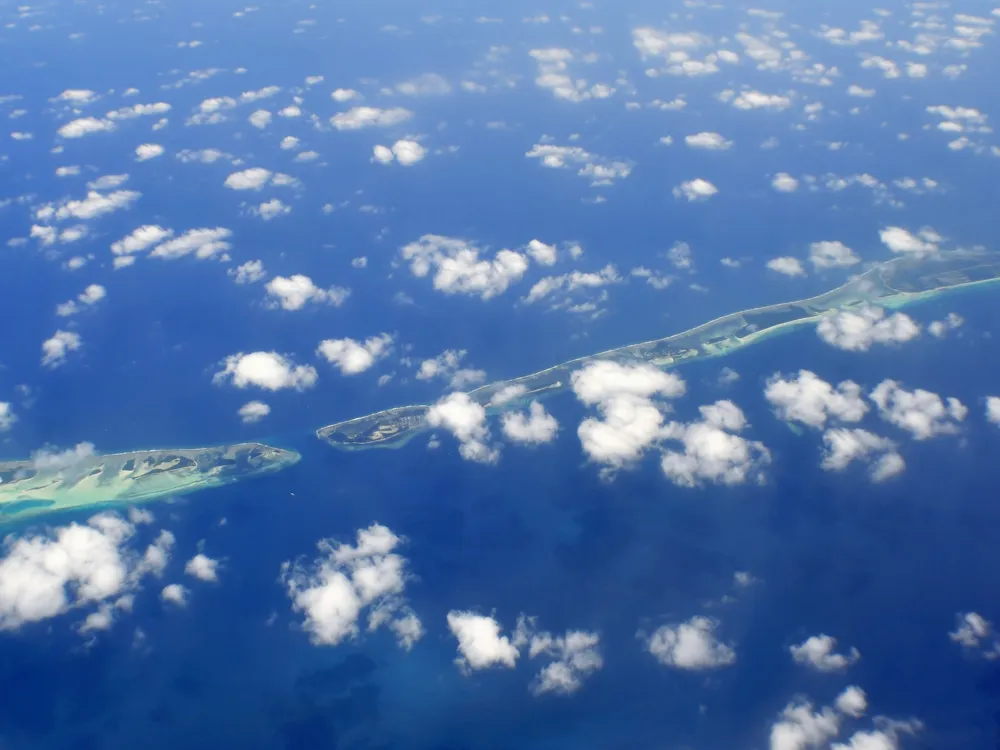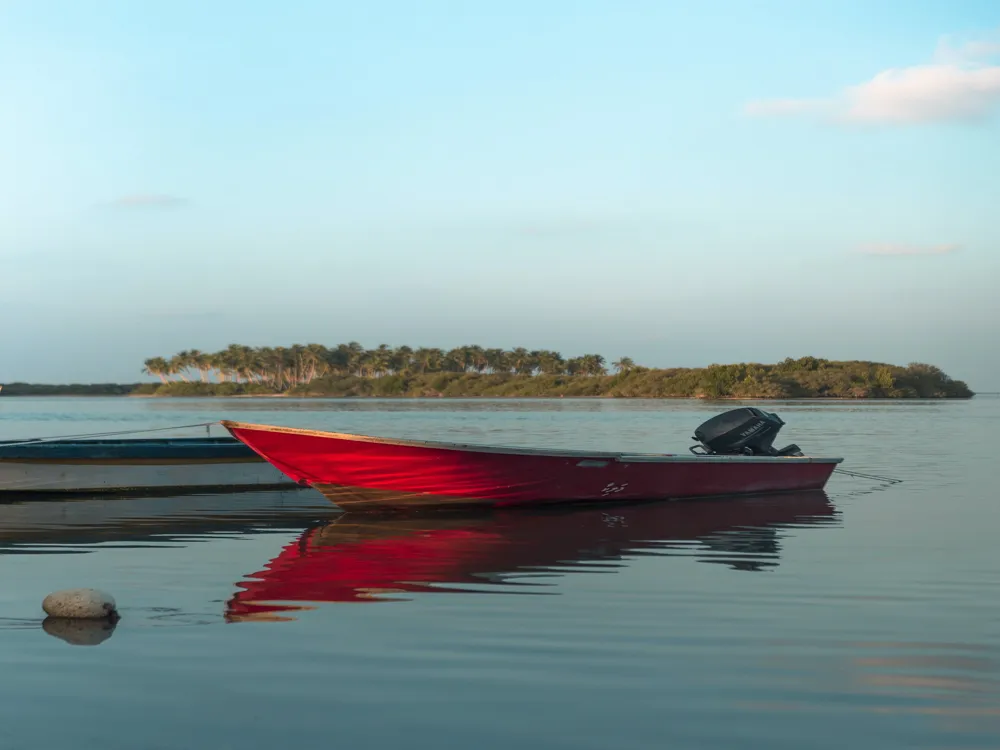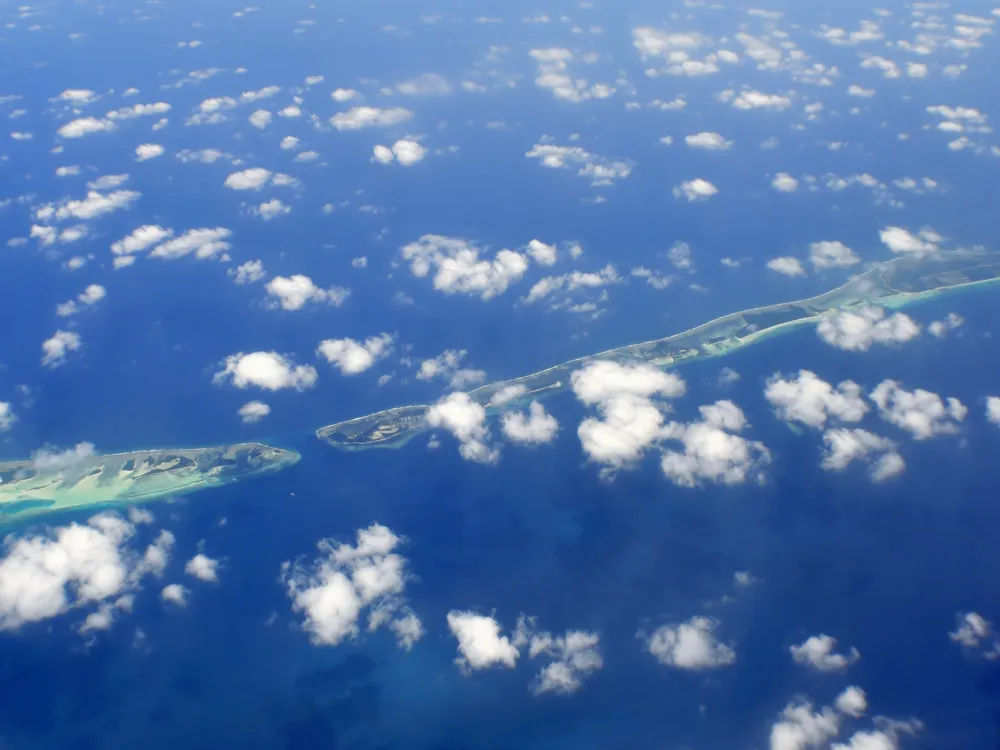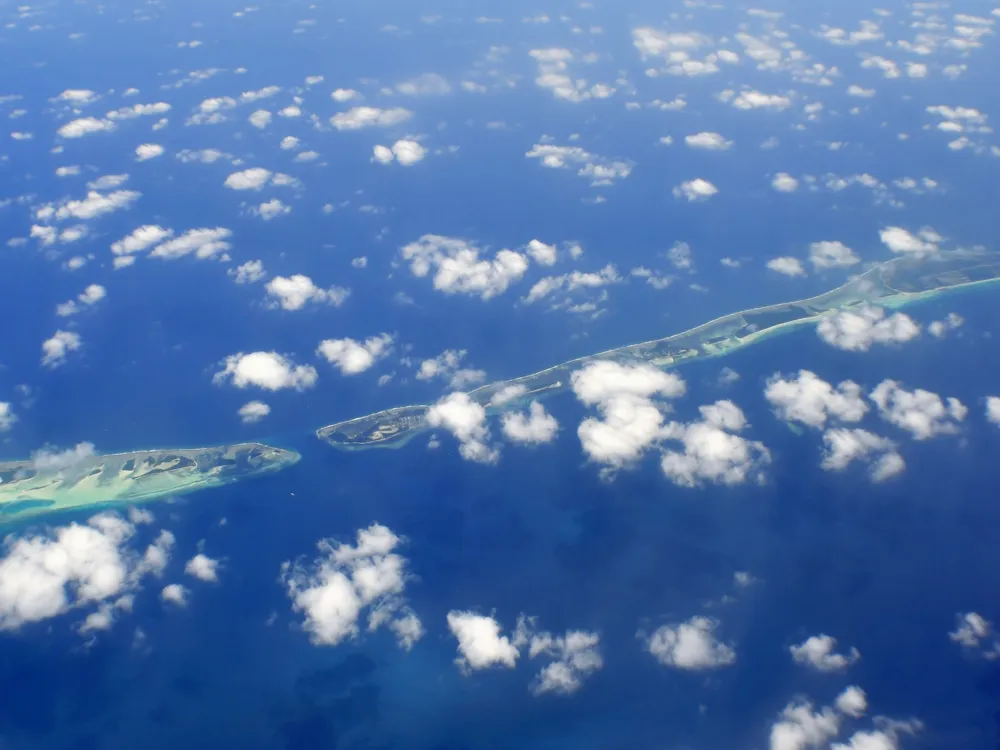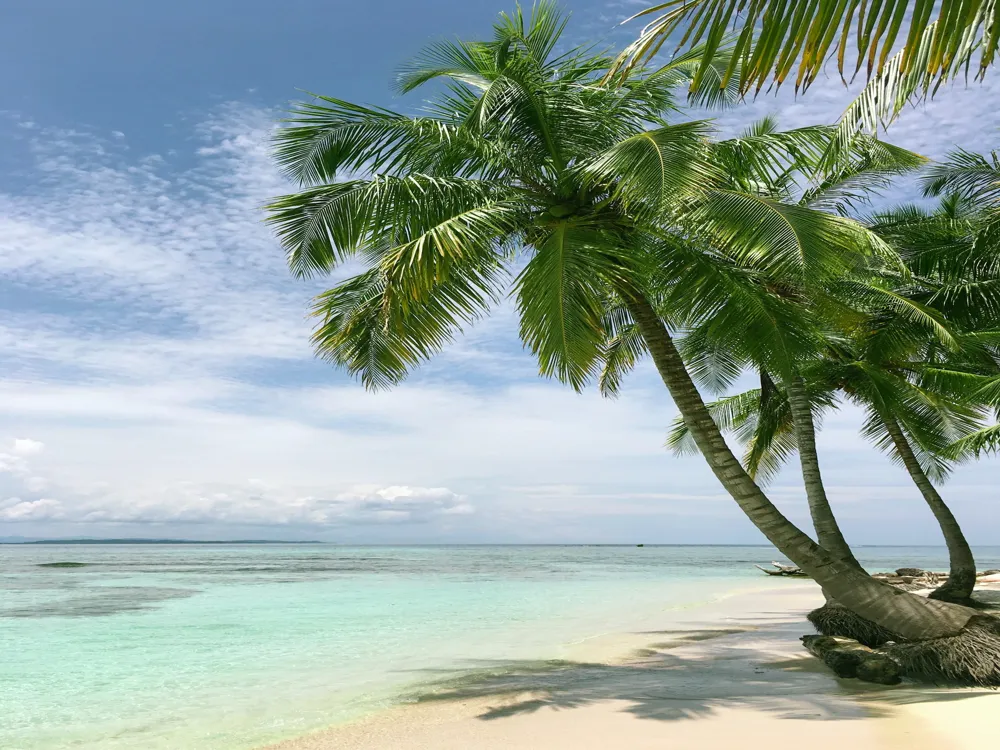Welcome to Huraa Island, a hidden gem nestled in the azure waters of the Maldives. This breathtaking island is a part of the Kaafu Atoll and stands as a testament to the Maldives' unspoiled natural beauty. Known for its lush vegetation, stunning white-sand beaches, and vibrant coral reefs, Huraa offers a serene escape from the hustle and bustle of everyday life. It's an idyllic destination for travelers seeking tranquility, natural beauty, and an authentic Maldivian experience. Huraa's unique geographical location, situated just north of the capital city Malé, makes it an easily accessible yet secluded paradise. The island's size allows visitors to explore its entirety on foot, immersing themselves in the local culture and natural splendor. The warm, friendly locals of Huraa welcome tourists with open arms, offering a glimpse into their simple yet rich way of life. The island's economy primarily revolves around fishing and tourism, with a growing emphasis on sustainable practices to preserve its natural beauty. What sets Huraa apart is its commitment to maintaining an authentic Maldivian atmosphere. Unlike the more commercialized resorts, Huraa provides a more intimate and genuine experience. The island's natural landscape, dotted with traditional Maldivian homes and untouched beaches, offers a sanctuary for those looking to connect with nature. The crystal-clear waters surrounding the island are a haven for marine life, making it a perfect spot for snorkeling and diving enthusiasts to explore the vibrant underwater world. Visitors to Huraa will find a variety of accommodations to suit their preferences, ranging from cozy guesthouses to luxurious beachfront villas. Each offers a unique blend of traditional Maldivian architecture and modern amenities, ensuring a comfortable and memorable stay. The local cuisine, with its emphasis on fresh seafood and rich flavors, is a culinary delight that must be experienced. From casual beachside grills to elegant dining experiences, Huraa's food scene caters to all palates. In summary, Huraa Island is a destination that offers a blend of unspoiled natural beauty, rich culture, and warm hospitality. It's an ideal spot for those seeking a peaceful retreat in one of the world's most beautiful archipelagos. Huraa Island's architecture is a fascinating blend of traditional Maldivian styles and modern influences, reflecting the island's rich cultural heritage and its adaptation to contemporary needs. The architecture on Huraa is not just about aesthetic appeal; it is deeply rooted in the island's history, climate, and available resources, making it a vital aspect of the local culture. Traditional Maldivian architecture, as seen in Huraa, is characterized by its functionality and simplicity. The houses are typically built with coral stones and wood, materials that are readily available in the region. The use of coral stone, known for its durability and natural insulation properties, is a distinctive feature of Maldivian construction. This traditional building method has been passed down through generations, showcasing the ingenuity and resourcefulness of the local people. The design of homes and buildings in Huraa often features open, airy spaces to allow for natural ventilation, a necessity in the tropical climate of the Maldives. High-pitched roofs and overhanging eaves are common, providing shade and protection from the rain. The interiors of these homes are often minimalistic, with a focus on functionality and comfort. Intricate wood carvings and vibrant colors add to the aesthetic charm, reflecting the island's artistic heritage. In recent years, there has been a gradual shift towards more modern architectural designs on Huraa, blending traditional elements with contemporary styles. This evolution is evident in the newer structures, including guesthouses and community buildings, which incorporate modern materials like concrete and glass while still maintaining the essence of traditional Maldivian architecture. These buildings often feature innovative design elements such as sustainable energy solutions and eco-friendly practices, reflecting the island's commitment to environmental conservation. Overall, the architecture of Huraa Island is a testament to the Maldives' architectural evolution, harmoniously blending the old with the new. It offers visitors an insightful glimpse into the Maldivian way of life, where tradition and modernity coexist seamlessly. The ideal time to visit Huraa Island is between November and April, during the dry season. This period offers sunny skies, calm seas, and optimal conditions for water activities. However, if you're looking for a quieter experience, consider visiting during the shoulder months, when the island is less crowded. When packing for Huraa, lightweight and breathable clothing is recommended due to the tropical climate. Don't forget sunscreen, hats, and sunglasses to protect against the sun. Additionally, bring along snorkeling gear and a waterproof camera to capture the underwater beauty. Huraa is a Muslim community, and visitors are encouraged to dress modestly, especially when visiting inhabited areas. Familiarize yourself with local customs and etiquette to ensure a respectful and enjoyable visit. Explore Huraa by foot or bicycle to truly experience the local culture and natural beauty. Don't miss the opportunity to interact with the friendly locals and learn about their way of life. Indulge in local Maldivian cuisine, which is rich in flavors and heavily features seafood. Try traditional dishes like Mas Huni and Maldivian curry to savor the authentic tastes of the island. Reaching Huraa Island is relatively easy and can be an adventure in itself. The most common way to get there is by speedboat from Malé, the capital city of the Maldives. The journey typically takes about 40 minutes and offers stunning views of the Indian Ocean. For those seeking a more luxurious experience, private transfers, and seaplane services are also available, providing an aerial view of the breathtaking Maldivian archipelago. Upon arrival in Malé, visitors can arrange for a speedboat transfer directly to Huraa. These transfers can be organized through your accommodation or a local travel agency. It's advisable to book these transfers in advance, especially during peak travel seasons, to ensure availability. For a more budget-friendly option, public ferries also operate between Malé and Huraa, offering a slower yet scenic route to the island. In summary, whether you choose a quick speedboat ride, a luxurious seaplane journey, or a leisurely ferry trip, reaching Huraa Island is a smooth and enjoyable part of your Maldivian adventure. Read More:Discover the Enchanting Huraa Island of Maldives
Exploring the Unique Architecture of Huraa Island
Tips for an Unforgettable Visit to Huraa Island
Best Time to Visit
Packing Essentials
Respecting Local Culture
Exploring the Island
Dining and Cuisine
Convenient Ways to Reach Huraa Island
Huraa Island
Maldives
₹ 34,250 onwards
View maldives Packages
Maldives Travel Packages
View All Packages For Maldives
Top Hotel Collections for Maldives

Private Pool

Luxury Hotels

5-Star Hotels

Pet Friendly
Top Hotels Near Maldives
Other Top Ranking Places In Maldives
View All Places To Visit In maldives
View maldives Packages
Maldives Travel Packages
View All Packages For Maldives
Top Hotel Collections for Maldives

Private Pool

Luxury Hotels

5-Star Hotels

Pet Friendly







